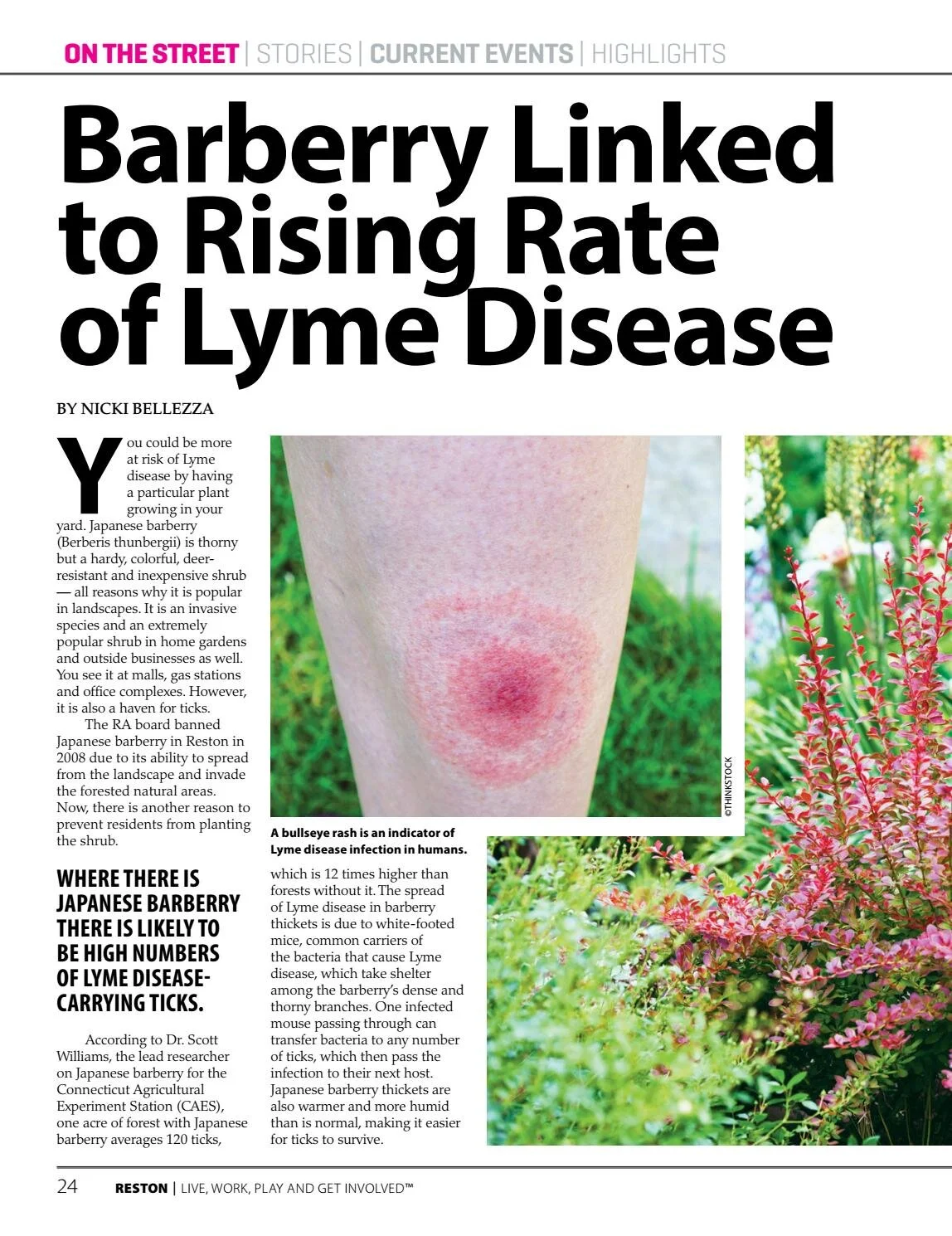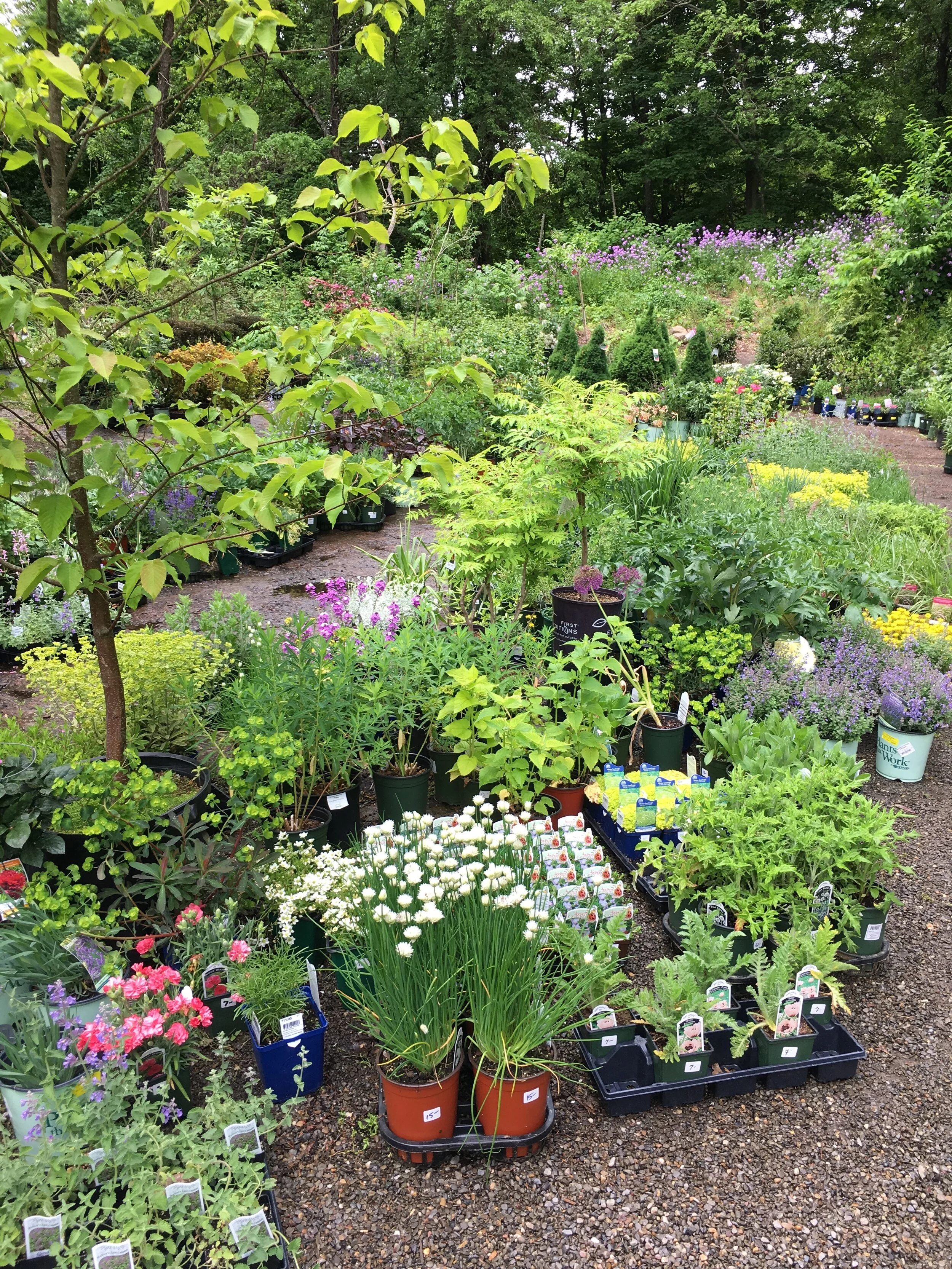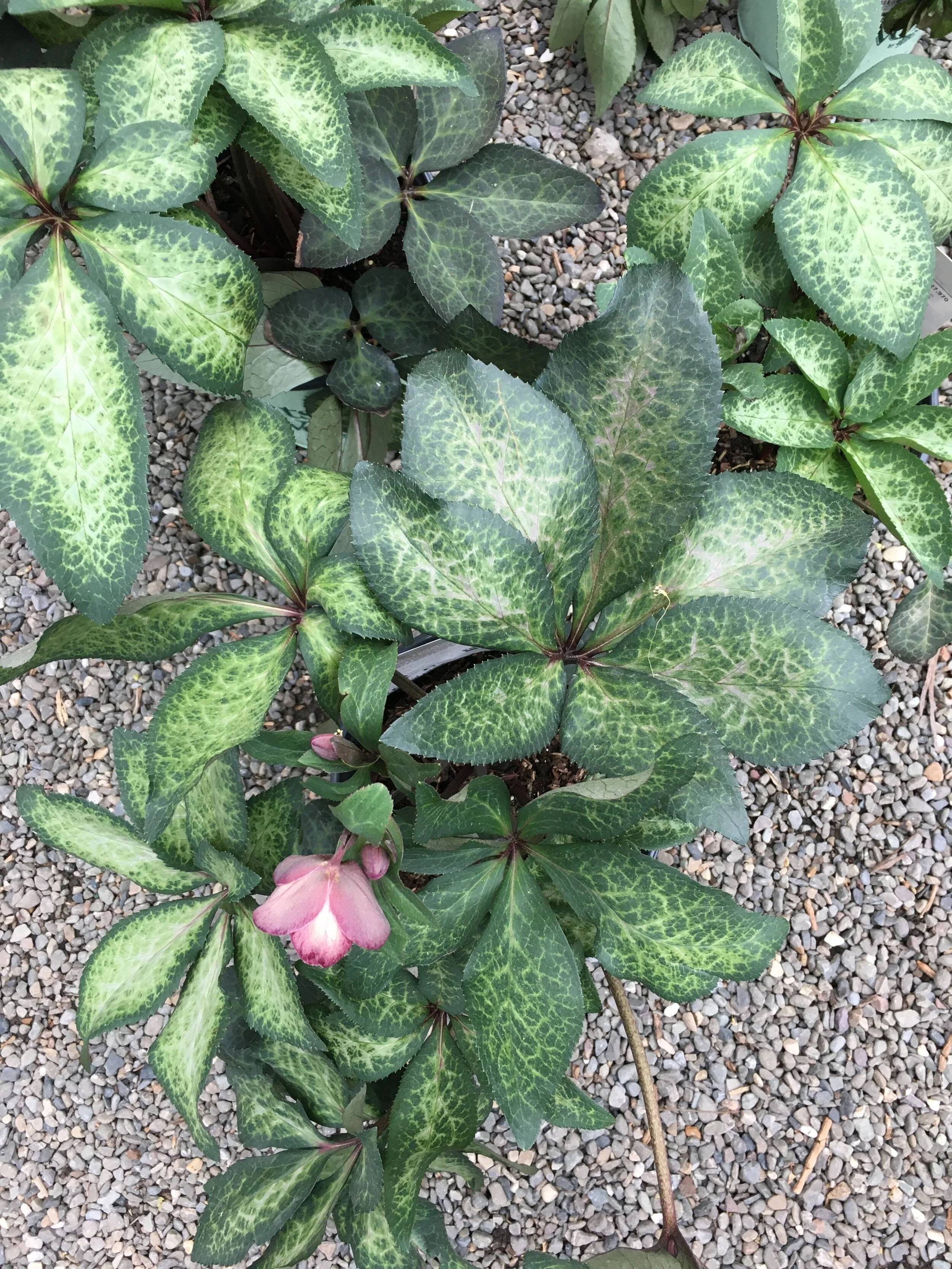We have other confusing industry terms.
Victoria will be speaking to a client and she will explain that she will bring the plant material on such-and-such a day. The client will ask, “What’s plant material?”
“Plant material is…plants.” And they give her a sidelong glance, like, why didn’t you just say plants, then?
Or she’ll say “I think you need some woody plants in the foundation planting near the house.”
“What are woody plants?”
And she replies, “Trees and shrubs.”****
See beginning of article.
Just kidding!
Visit and be inspired!
*As long as we’re defining things…”Horticulture is the science and art of producing, improving, marketing, and using fruits, vegetables, flowers, and ornamental plants. It differs from botany and other plant sciences in that horticulture incorporates both science and aesthetics.” – American Society for Horticultural Science
**Some perennials have LONG blooming periods–some from May to September–but they are the exception, not the rule.
***Annuals bloom all summer long and complete their lifecycle within one season. Their job is to produce seeds, so they produce a lot of flowers again and again to complete their reproductive mission. Annuals give you a big blooming-bang for your buck, even though they die when the frost comes in fall.
***”Woody plants”–trees and shrubs–usually have bark as a defining feature.





























